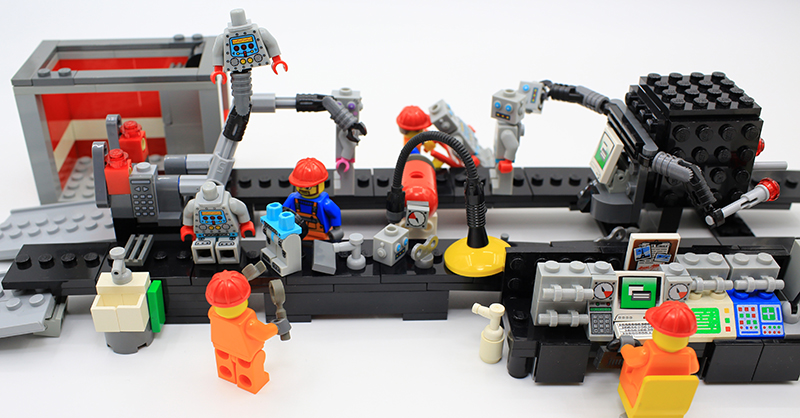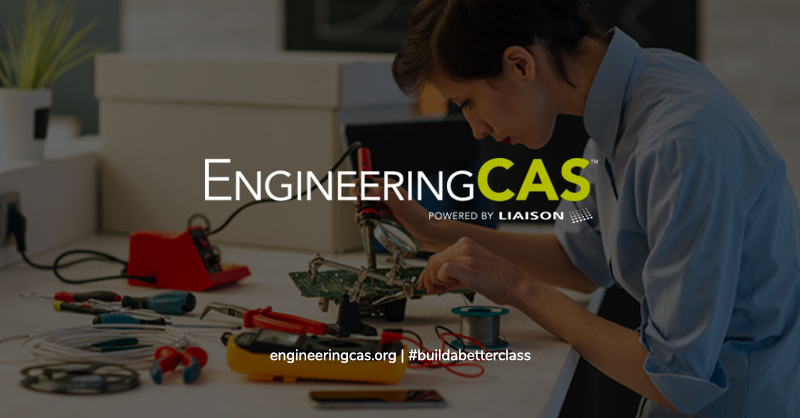
Whether you’re perusing U.S. News & World Report, exploring ASEE.org or catching up on Scientific American, you’re bound to see coverage of the concerning lack of diversity in engineering and the sciences.
Take, for instance, the fact that 4,000 African American engineers graduate annually with bachelor’s degrees — 10,000 annual bachelor’s degrees would more accurately align with overall population density. And this isn’t the only group that sees such a discrepancy. Hispanic people make up 16% of the U.S. population, but only earn 8% of all certifications and degrees awarded in STEM fields.
Looking at the current state of the engineering workforce offers no solace: 84% of working professionals in science and engineering jobs in the U.S. are white or Asian males. Why’s this so concerning? “If we’re going to design solutions that successfully address problems faced by the over seven billion people living on this earth, we can’t have 84% of the engineering workforce represent only two demographic groups,” says Noha El-Ghobashy, vice president for strategic initiatives at the Institute of Transformative Technologies (ITT) and former executive director of the Association of Mechanical Engineers (ASME).
What can we do to address this trend?
Despite awareness around this issue, many institutions continue to face challenges when it comes to building a less homogenized community of faculty, students and the eventual STEM workforce. To help, Liaison has convened a group of STEM admissions professionals to help guide creation of EngineeringCAS™, the Centralized Application Service (CAS™) for graduate engineering programs.
EngineeringCAS brings admissions offices an improved way to recruit, enroll and admit best-fit engineering students while saving money and better allocating staff resources each admissions cycle. Liaison offers the global platform for driving applicant volume while providing an optimized applicant experience at no cost to participating programs, allowing you to focus on building better engineering classes.
EngineeringCAS offers a single application portal, which benefits applicants by:
- Streamlining the process for researching and applying to multiple programs of interest.
- Offering a modern application experience that guides them through the application process.
- Providing 24/7 access to real-time application status updates.
EngineeringCAS adds your school and programs to a global engineering education marketplace, benefiting your admissions office by:
- Driving awareness of all of your engineering programs through a streamlined application process and communication tools that enable targeted, personalized communications to those interested in your program.
- Decreasing time to decision by providing a processing team to scan transcripts and package application components as an extension of your staff.
- Providing insight into enrollment trends and performance on your campus through robust analytics and reporting tools.
EngineeringCAS benefits the engineering discipline as a whole by:
- Collecting and delivering consistent, actionable data about global, discipline-wide enrollment and recruitment trends.
- Facilitating enrollment projections to help guide creation of data-driven recruitment strategies.
- Creating an opportunity to share best practices for building a better class, and ultimately a better workforce.

How do we know it will work?
Over the last two decades, we’ve partnered with more than 30 professional associations to power over 40 CASs. Outcomes driven by our CASs have varied, but programs have shared with us that they’ve seen an increase in diversity of their incoming classes.
As one example, University of La Verne saw a 10% increase in total applications and a 21% increase in out-of-state applicants in its first year of leveraging a CAS. Dr. Jerry Kernes, program chair at the University, was interested in a CAS because of its potential to recruit beyond the University’s geographic area. Dr. Kernes explained: “As an accredited program, we have to show deliberate work towards diversifying our applicant pool. It’s not good enough to say that we have a diverse study body. We have to show how we’re working to attract applicants with unique perspectives.”
According to Dr. Kernes, “CAS changed admissions at University of La Verne for the better. I would say to my colleagues at other universities, don’t be afraid to try it! If you’re similarly focused on increasing diversity and would benefit from more transparency into recruitment and enrollment trends, you stand to benefit greatly from CAS.”
Learn how fellow admissions experts are tackling the diversity challenge. Watch our on-demand webinar: Diversifying the Engineering Community: From Campus to Workforce.
Sources
Toward 50K Diverse Engineering Graduates
5 Numbers That Explain Why STEM Diversity Matters to All of Us